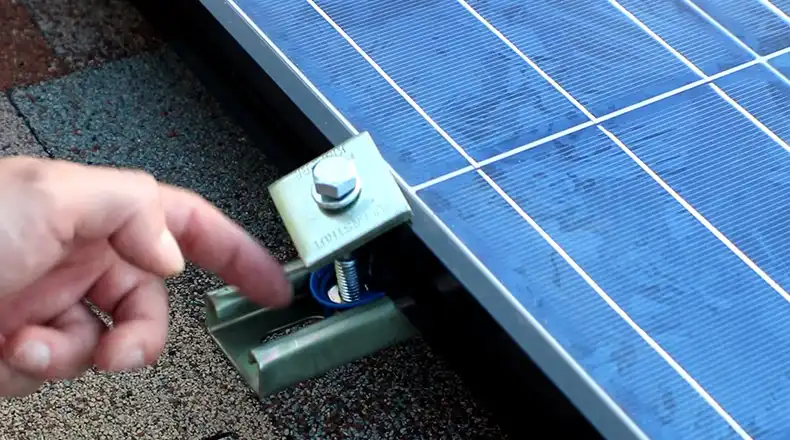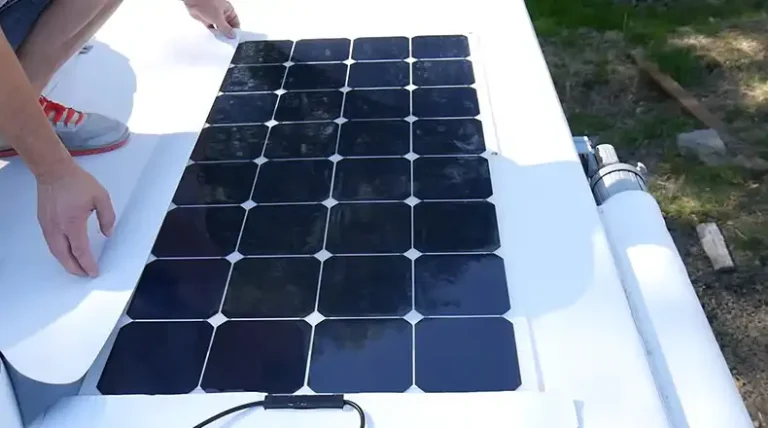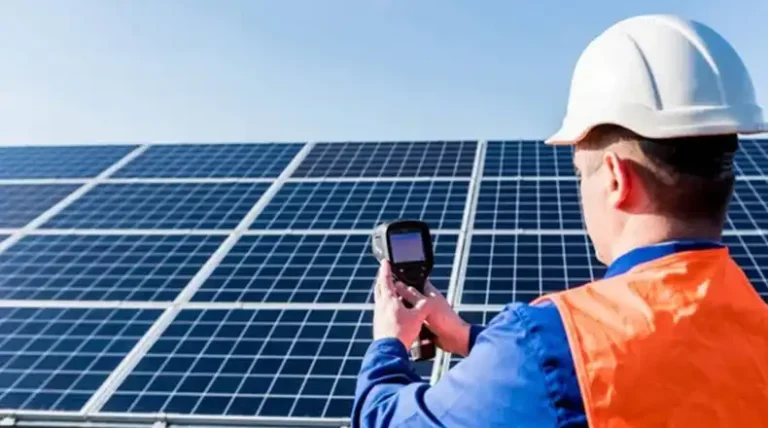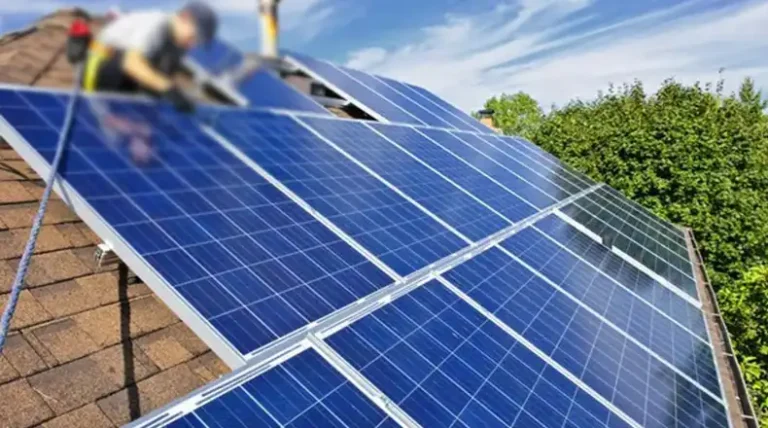Are Solar Panels Too Heavy for Your Roof? Explained My Experience
In the pursuit of sustainable living and reduced utility bills, many homeowners have turned their eyes toward the sky—or more accurately, the sun. Solar panels promise clean energy and potential savings, but a recurring concern often dawns on potential adopters: weight.
Is your roof sturdy enough to handle an array of solar panels? Generally, most residential roofs are built to handle the weight of solar panels with ease.
For those on the fence about investing in solar technology, let’s explore the weight implications and how to determine if your roof is up for the task.

Average Weight of Solar Panels
Solar panels come in various sizes and types, with their weight largely dependent on their dimensions and materials used. However, for residential purposes, the most common solar panels are typically sized at about 65 inches in height and 39 inches in width (roughly 5.4 feet by 3.25 feet).
The average weight for such residential solar panels is approximately 40 pounds (around 18 kg). This weight includes the tempered glass, the frame, the solar cells, and other internal components.
Commercial panels or those for utility-scale installations might be larger and, consequently, heavier. Beyond the panels themselves, the racking system and other equipment can add another 5-10 pounds per square foot.
Roof Weight Capacity
Residential roofs are typically constructed to support more weight than just the shingles or tiles. They’re often built to withstand heavy snow loads or other temporary weight additions.
Building codes usually require roofs to handle a minimum of 20 pounds per square foot, and many roofs are built to support much more than this.
Can All Roofs Hold the Weight of Solar Panel
Solar power is undeniably a boon in our drive toward sustainable energy. However, when considering harnessing this free energy source, homeowners often wonder if their roofs can shoulder the weight of solar panels.
Construction and Weight Specifications
The vast majority of residential solar panels weigh between 18 to 42 pounds, amounting to roughly 2 to 4 pounds per square foot. This weight is quite minimal, especially when distributed over a vast area of a roof.
In contrast, standard roofing materials, such as asphalt shingles, weigh anywhere between 2 to 5 pounds per square foot. This suggests that, from a sheer weight perspective, if a roof can support standard roofing materials, it should also be capable of supporting solar panels.
However, whether a roof can take the weight of solar panels depends on other factors too. The following information can help you determine if your roof can support solar panels.
The Calculation
Assuming a homeowner chooses solar panels that weigh 3 pounds per square foot and has a mounting system that weighs 1 pound per square foot:
Total solar installation weight = 3 (solar panels) + 1 (mounting system) = 4 pounds per square foot
Given that roofs are typically designed to hold at least 20 pounds per square foot of live load, this calculation indicates that solar panels — even with their mounting systems — use up a mere fraction of a roof’s weight capacity.
Factors to Consider While Determining Your Roof’s Weight Capacity for Installing Solar Panels
Whether your roof can support solar panels is dependent on a number of factors. Here are they:
- Roof Integrity: Not all roofs are made equal. Factors like the roof’s age, design, construction quality, and underlying structural issues can affect its weight-bearing capacity. While newer homes, typically built to modern codes, can readily support the added weight of solar panels, older roofs might require an evaluation. A structural engineer can inspect and assess the roof’s integrity and offer recommendations.
- Roof Material: Certain roofing materials are more conducive to solar installations than others. For instance, while composite and wood shingle roofs present few challenges, slate or clay tiles may be more fragile and might necessitate a more intricate installation process to prevent damage.
- Mounting Systems: Solar panel mounting systems, essential for securing panels to the roof, contribute to the total weight. However, these systems are designed to distribute this weight evenly over the roof’s surface, lessening any concentrated weight points.
- Regional Considerations: Regions with heavy snowfall might have roofs designed to bear additional weight, making them more than capable of holding solar panels. Conversely, in areas with less stringent building codes or lighter typical roof loads, homeowners might need to be more cautious.
So, before jumping into solar installation, it’s essential to have a professional evaluate your roof. Structural engineers or experienced solar installers can assess if any modifications are needed.
Final Thoughts
For the majority of homeowners, the weight of solar panels isn’t an issue for their roofs. However, specific assessments tailored to individual homes are always advisable. Not only can this address weight concerns, but it also ensures the most efficient placement for maximum energy generation. After all, when transitioning to solar energy, it’s not just about saving the planet—it’s also about optimizing its benefits for your home.






